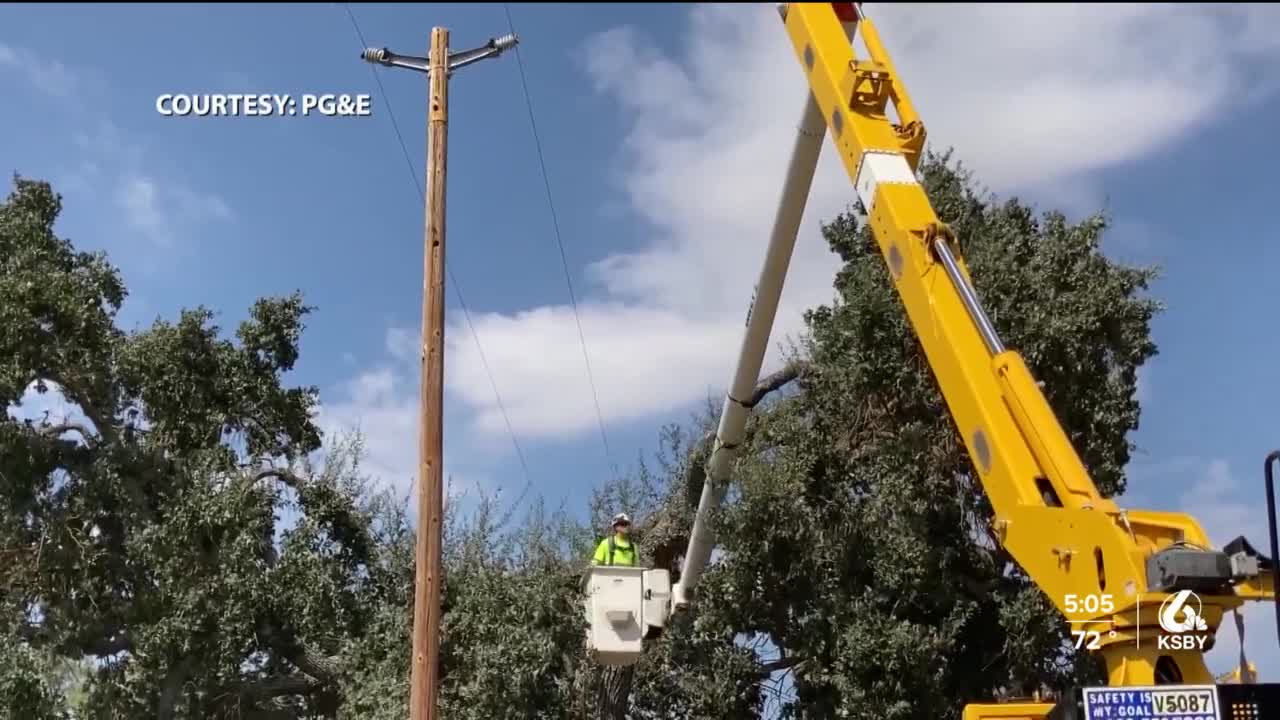With drought conditions affecting the health of California trees, PG&E is using patrols both from the air and on the ground to make sure those trees aren't growing too close to powerlines and posing a fire risk.
“In theory, when we patrol the trees on the ground six months ago, they could have been alive, right? But with tree mortality in the drought, six months’ time, you can have a green tree go from being alive to dead,” said Greg Saenz, supervising Vegetation program manager at PG&E.
These patrols happen twice a year in high-fire threat areas. Inspectors look for trees adjacent to the PG&E transmission lines. “Dead trees could fall over, cause an outage or start a fire, so that's very concerning for us as a utility, you know, we're members of the community as well. And obviously, wildfires is a very significant concern,” added Saenz.
He says they are looking for trees that have a rust color or are without folliage. PG&E officials also patrol on the ground to make sure the shrubbery isn't too close to powerlines.
“We can either cut down the tree or cut the tree back. We patrol about 100,000 miles of line a year, and we've cut down or pruned about a million trees in a year,” explained Carina Corral, a communications representative for PG&E.
The patrols are taking place this week in Cayucos through Cambria, Atascadero through Cayucos, and Templeton through Atascadero.




